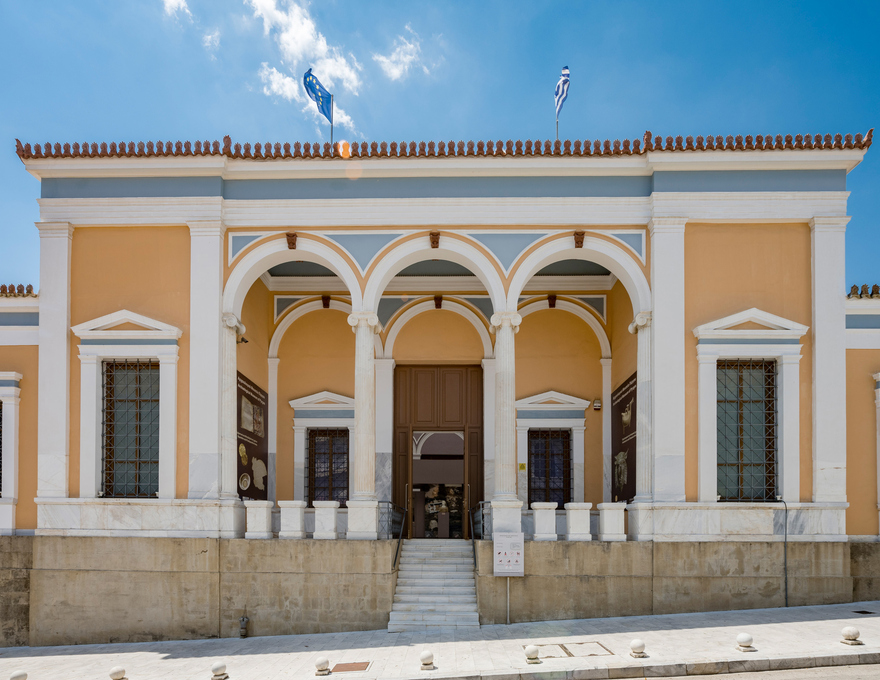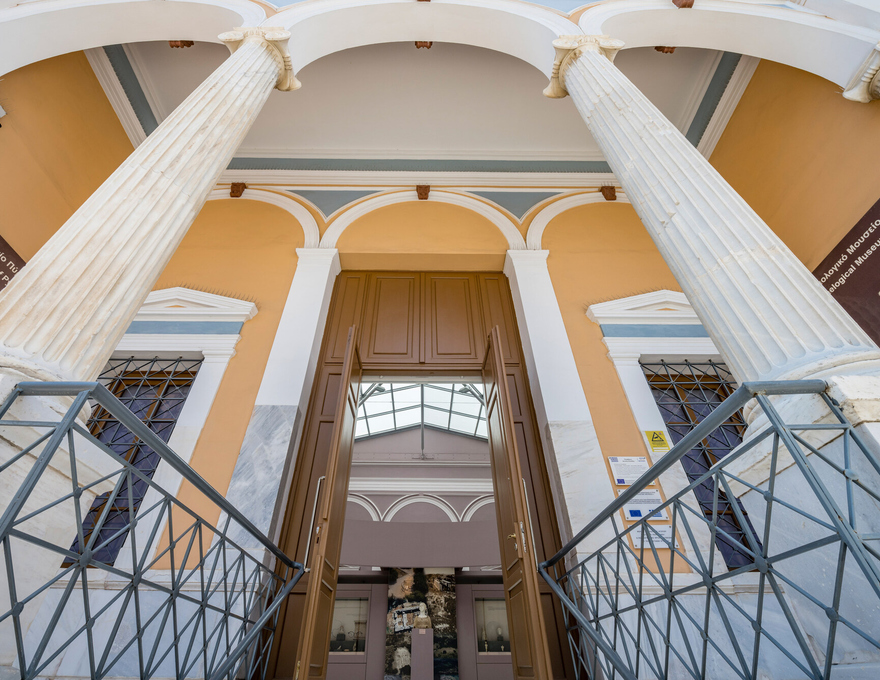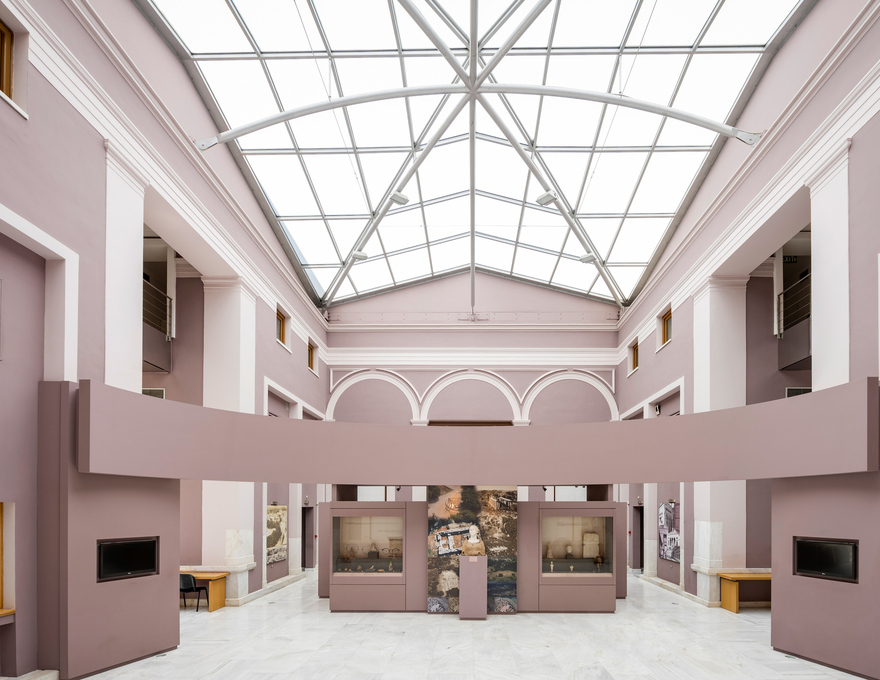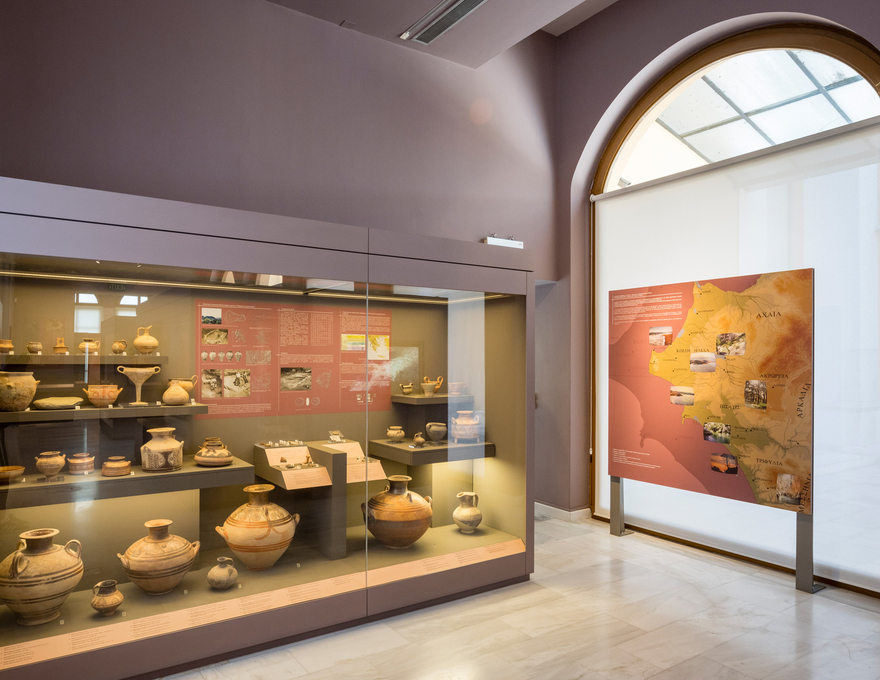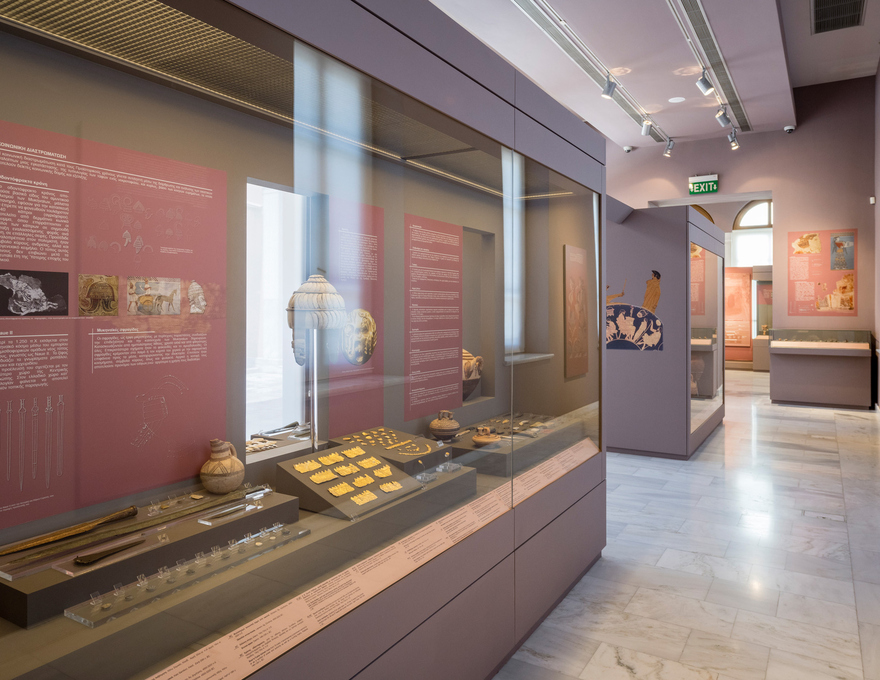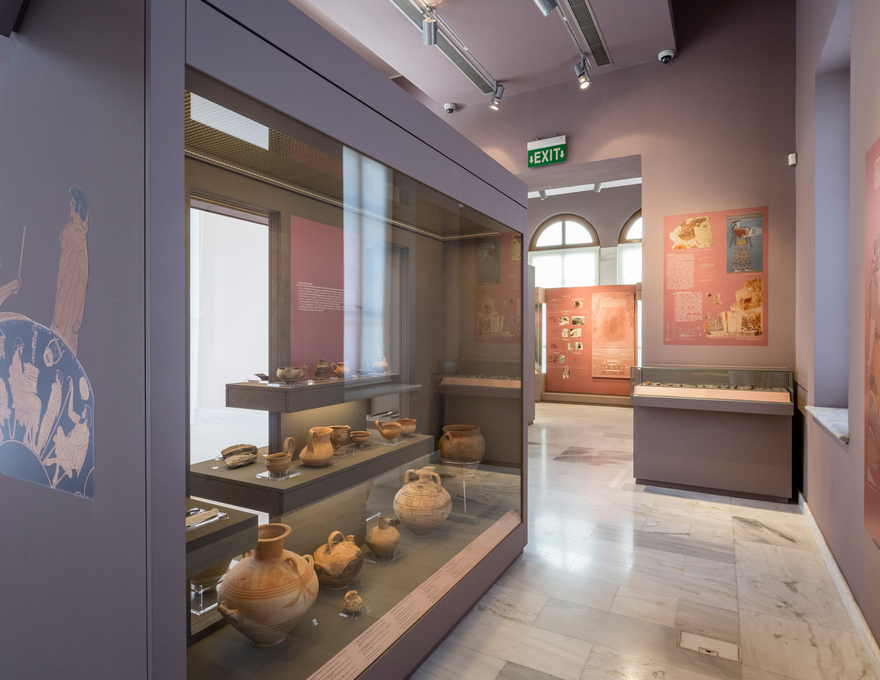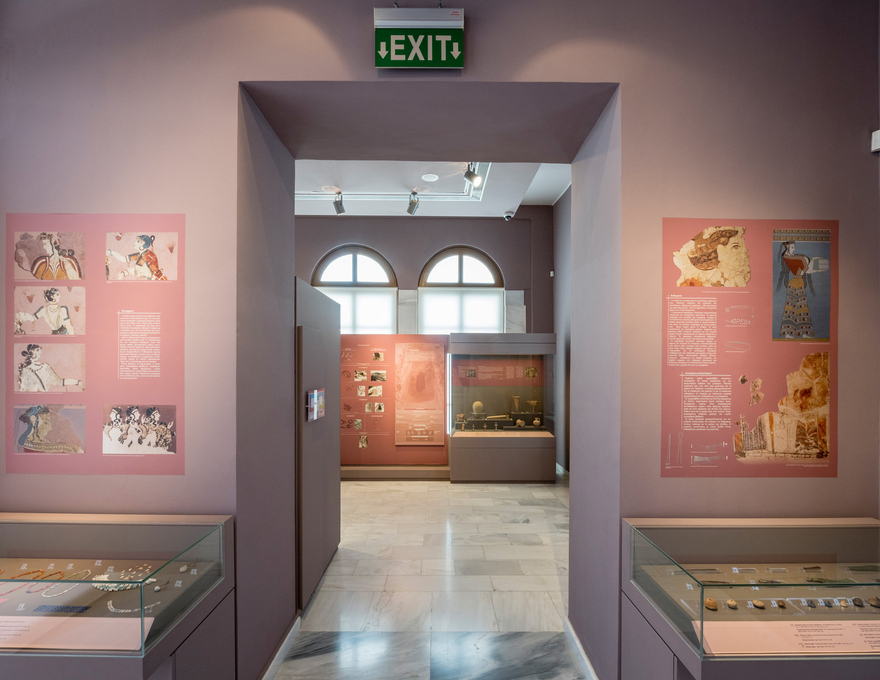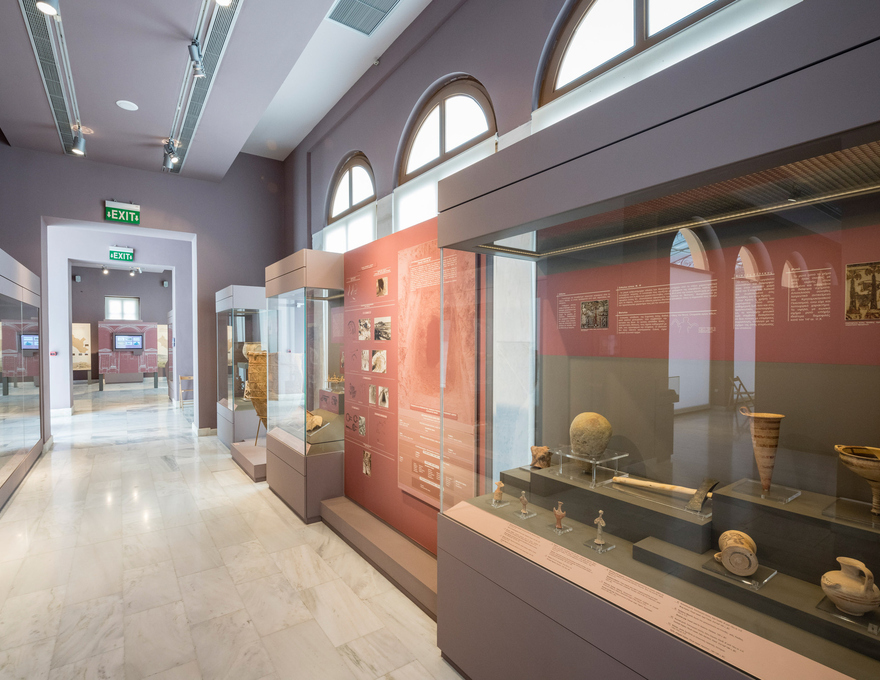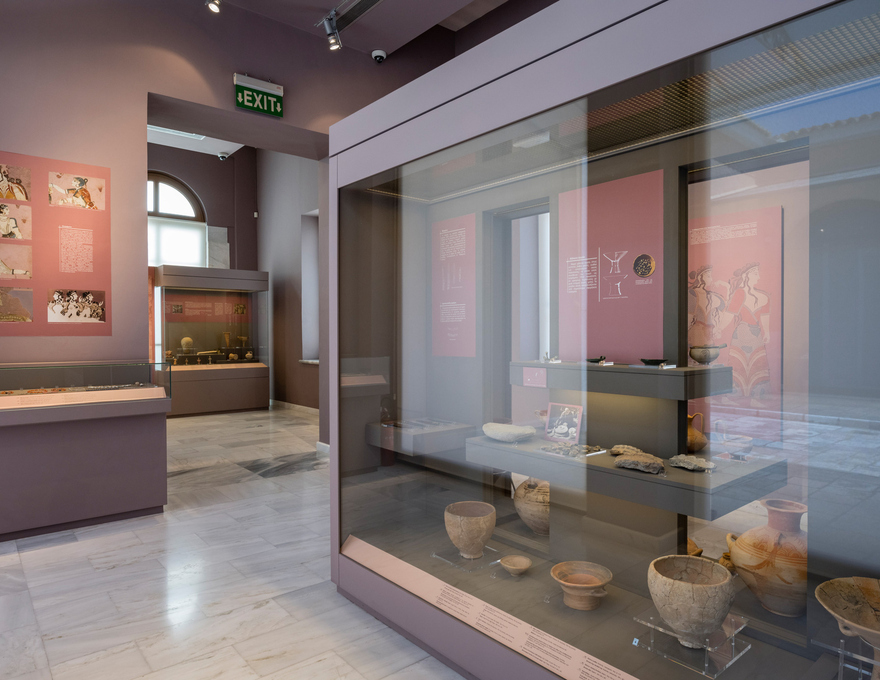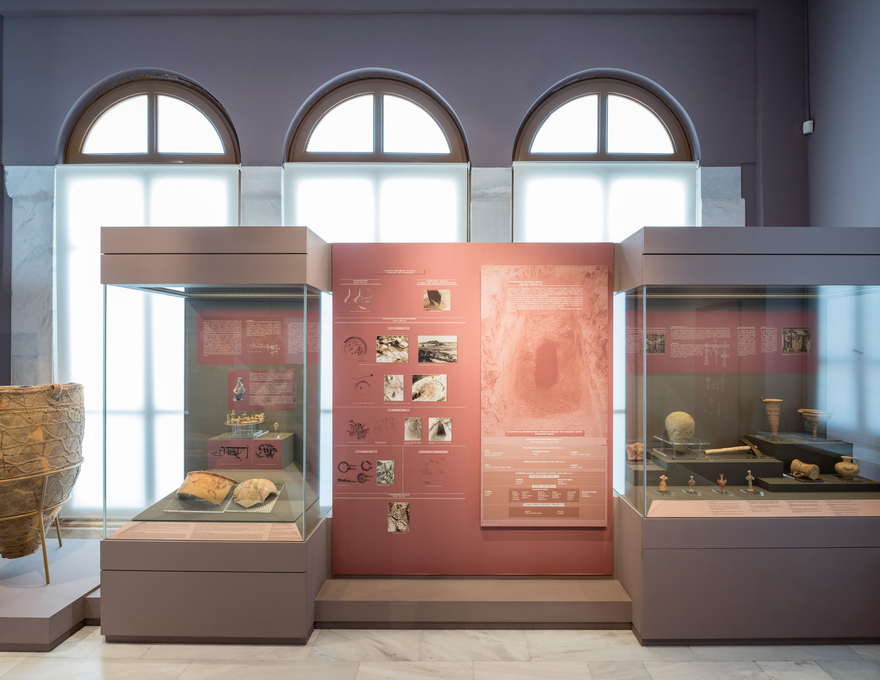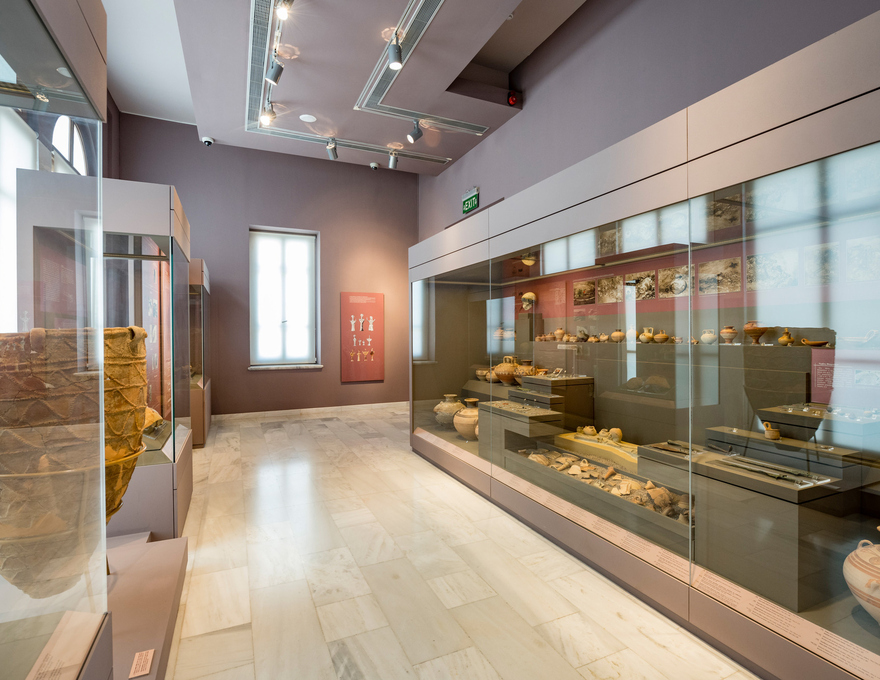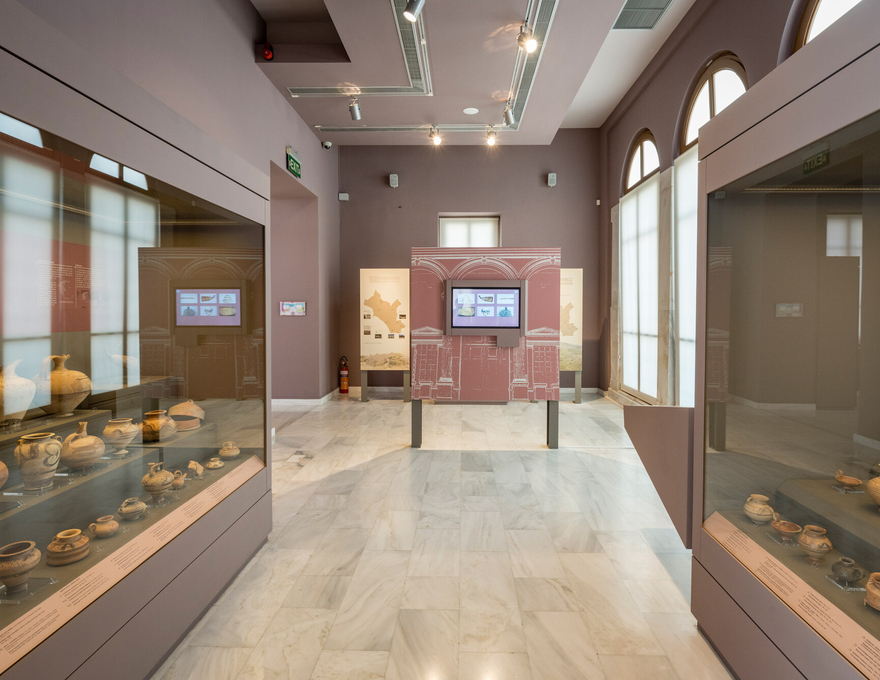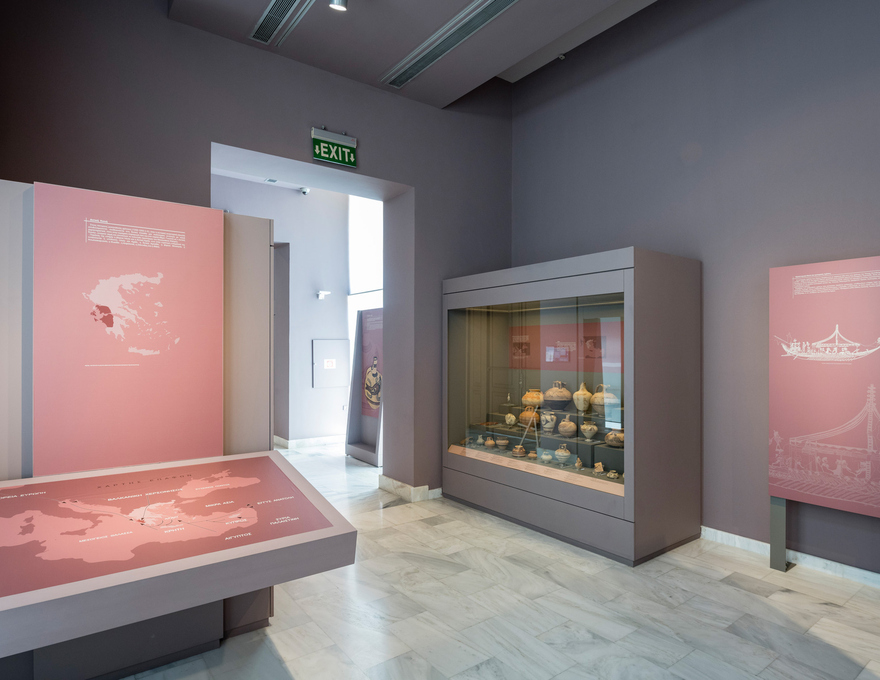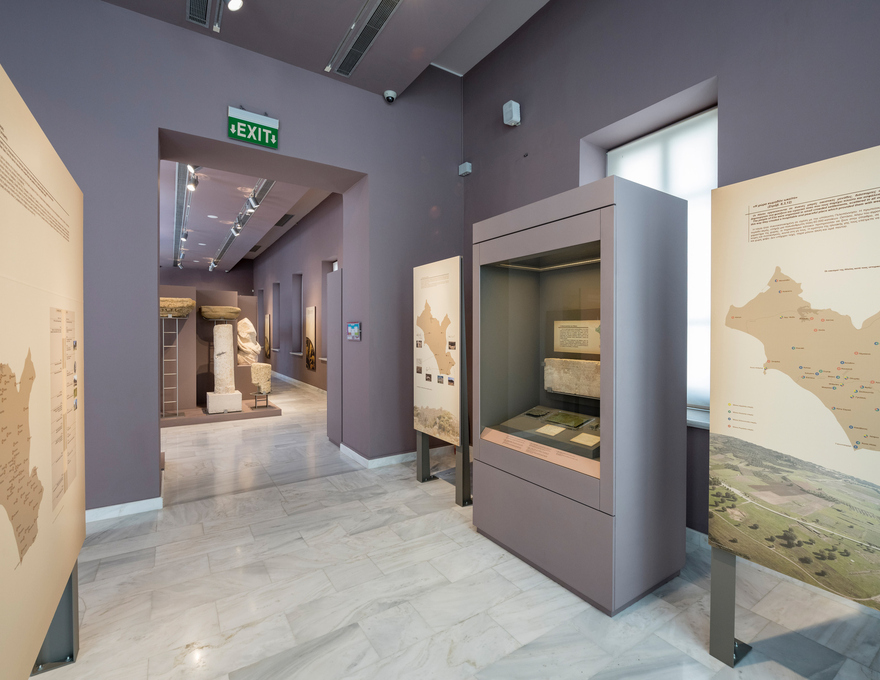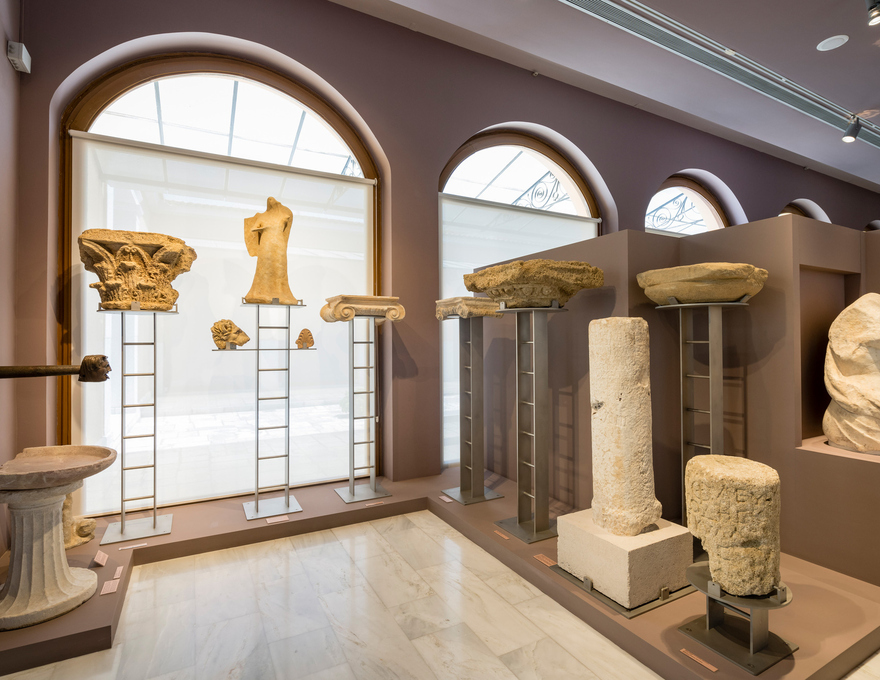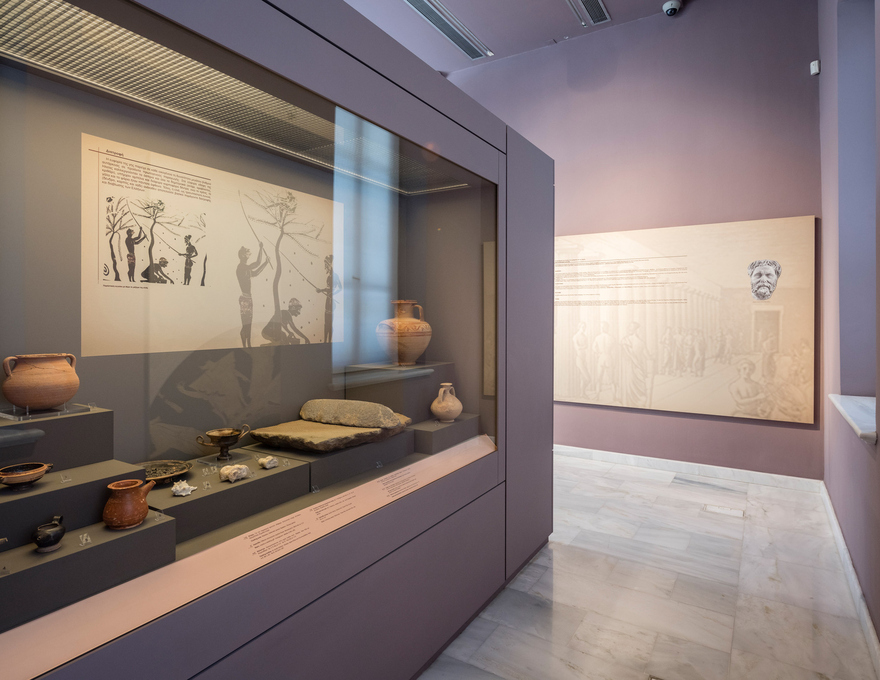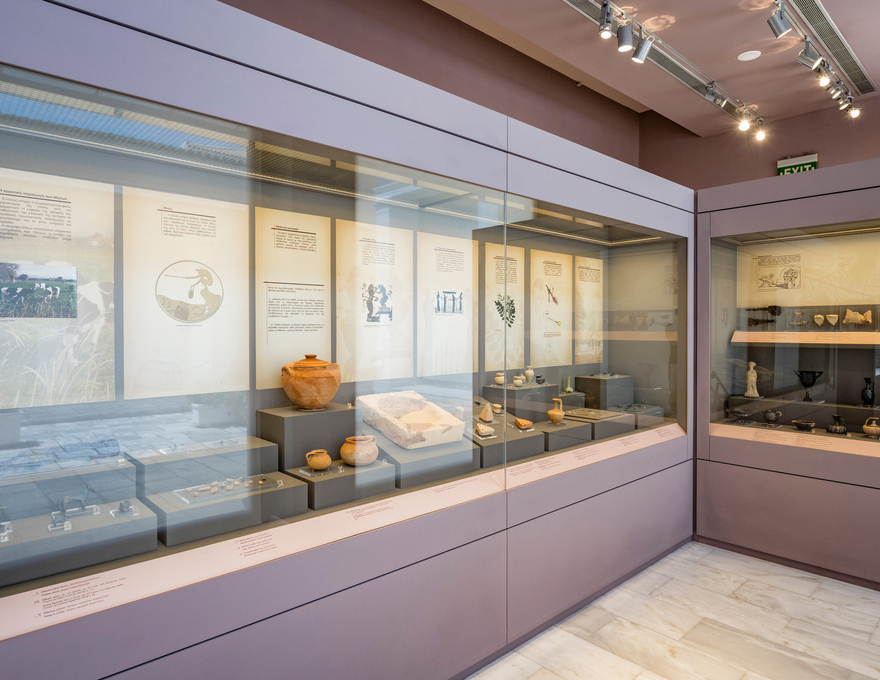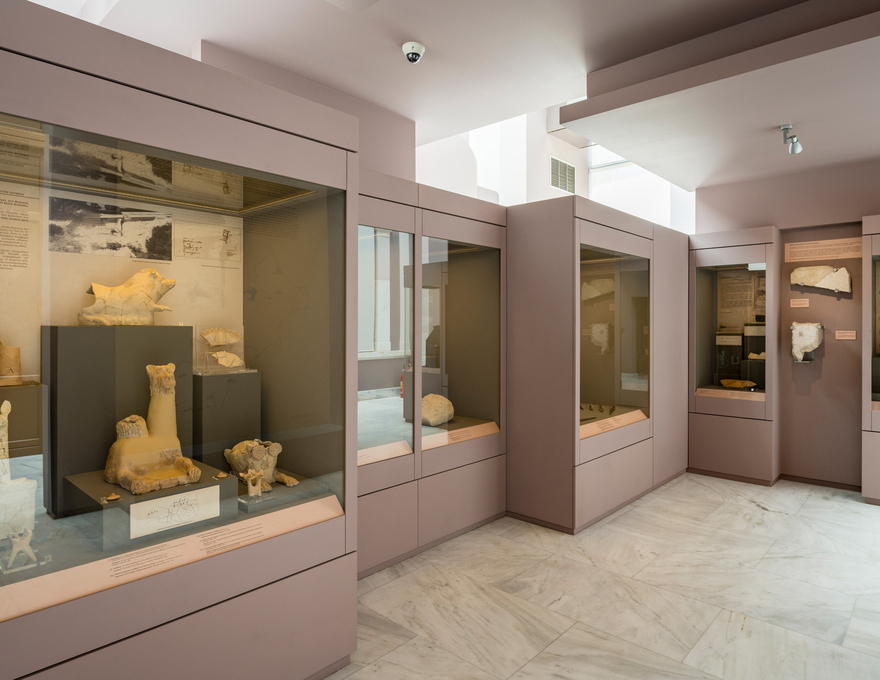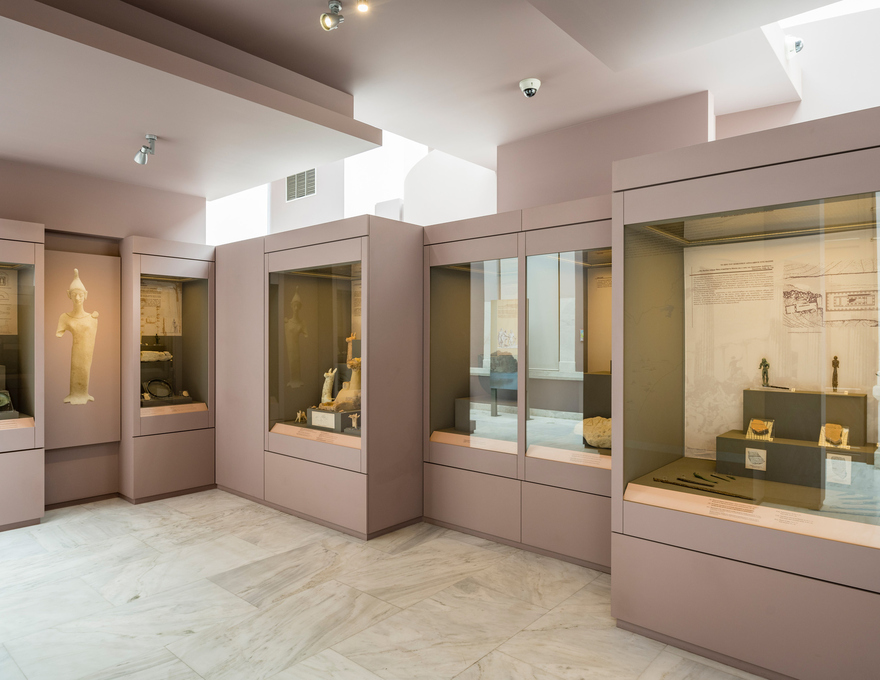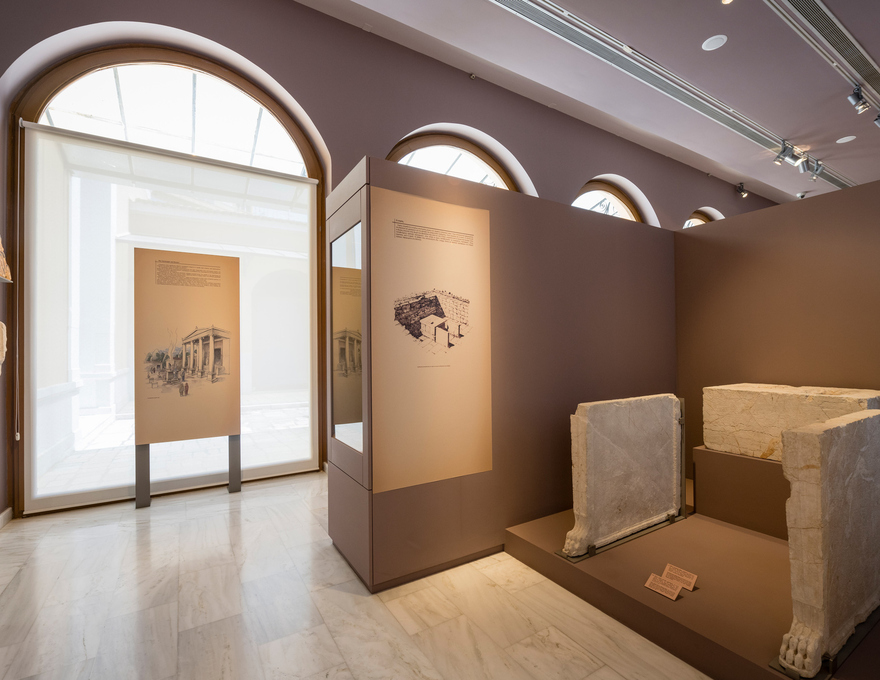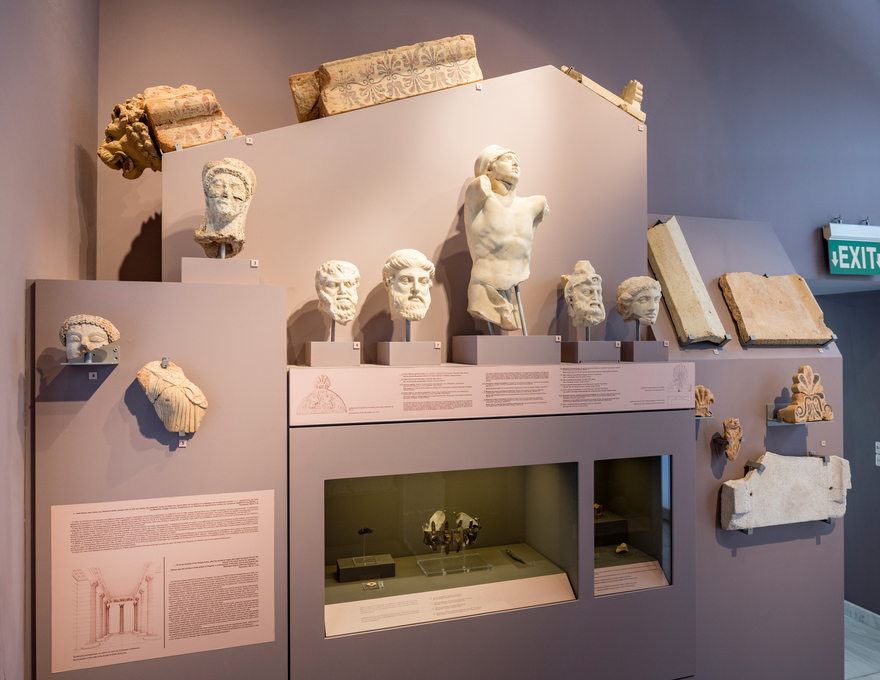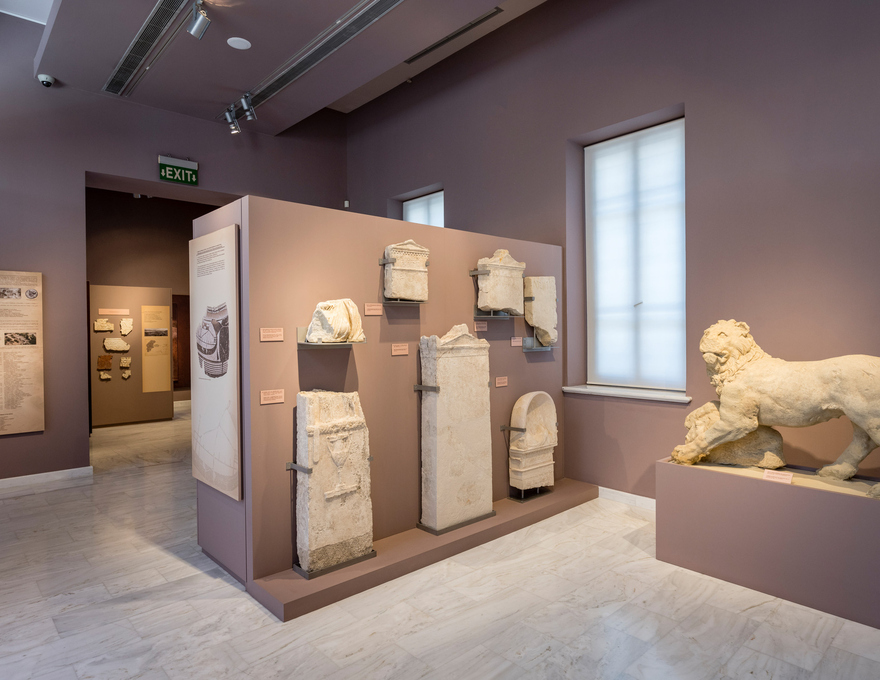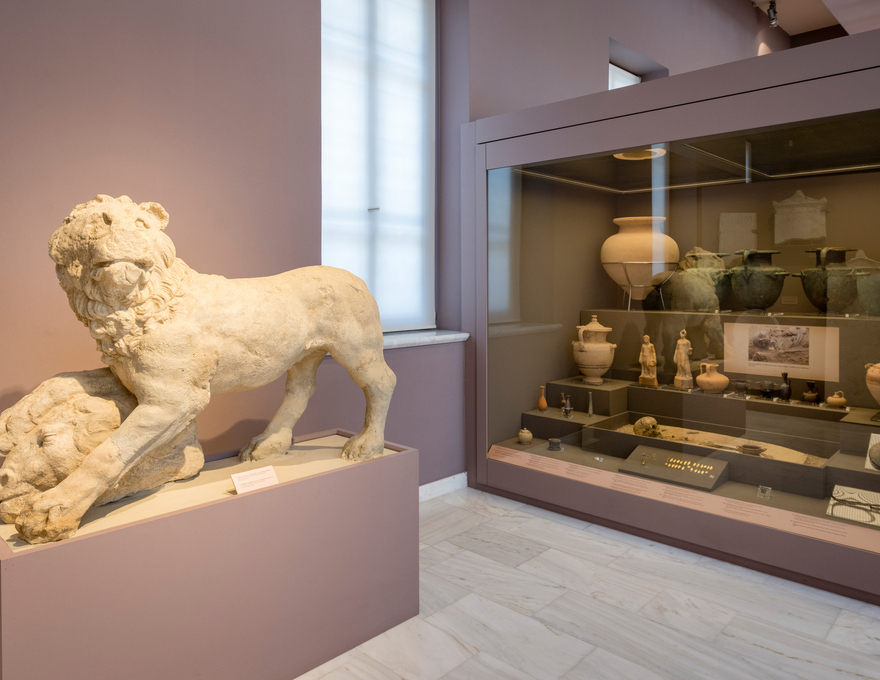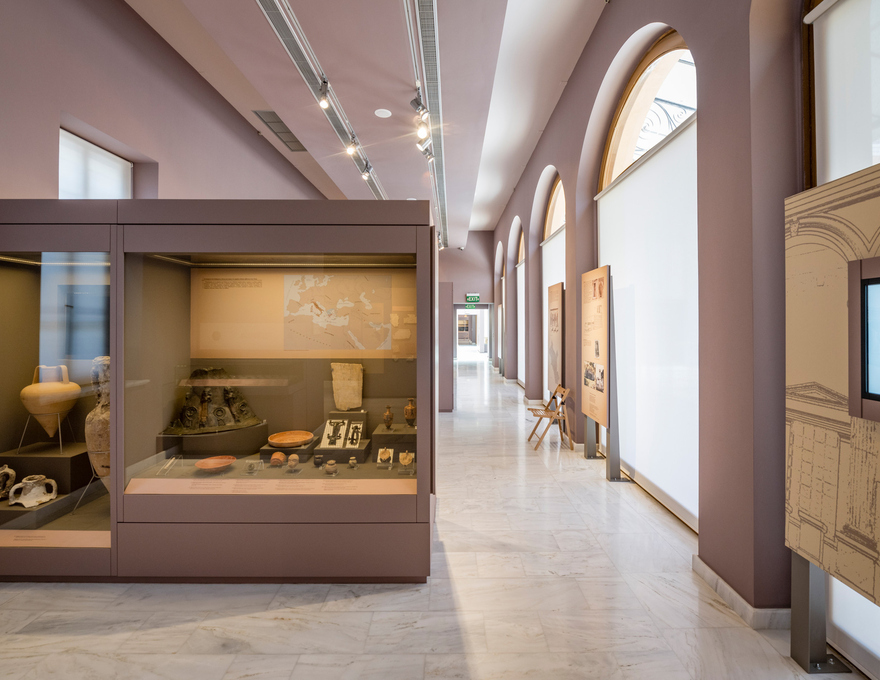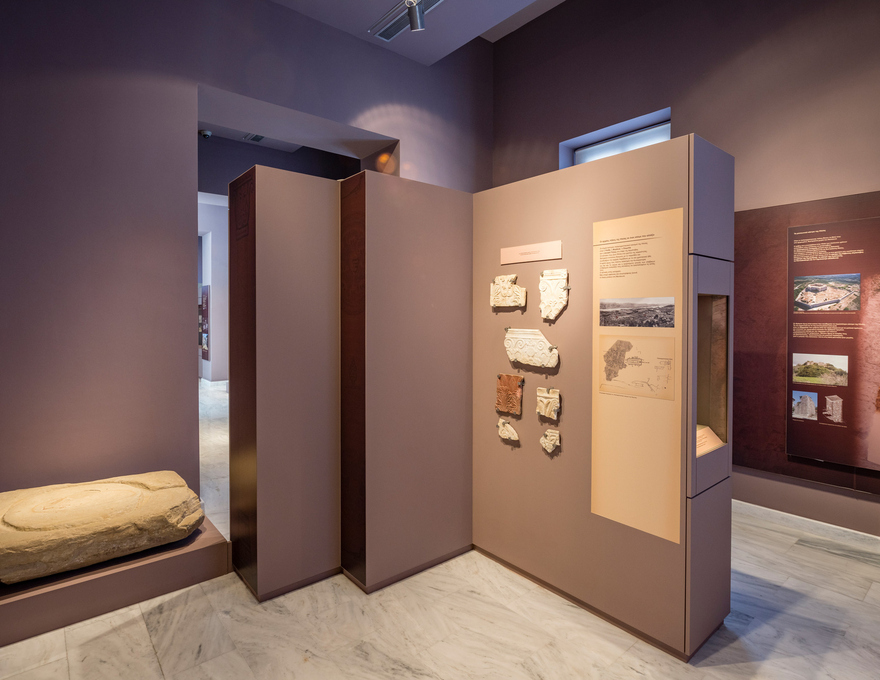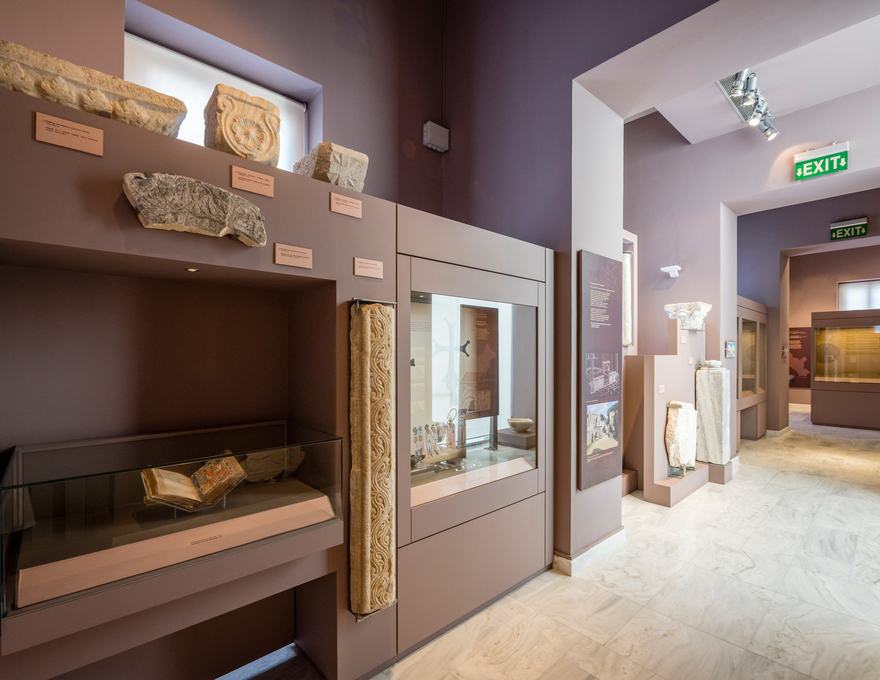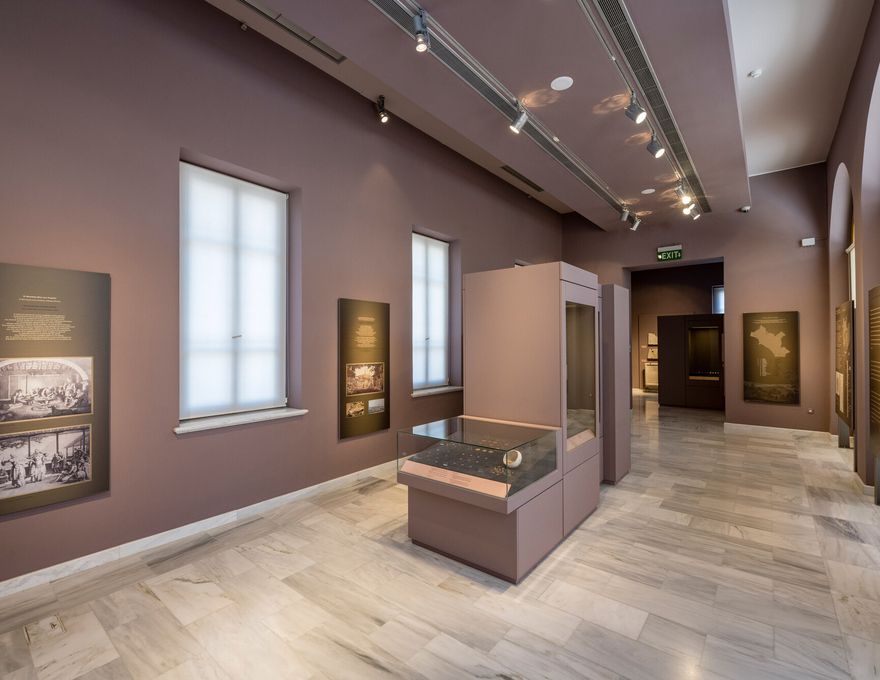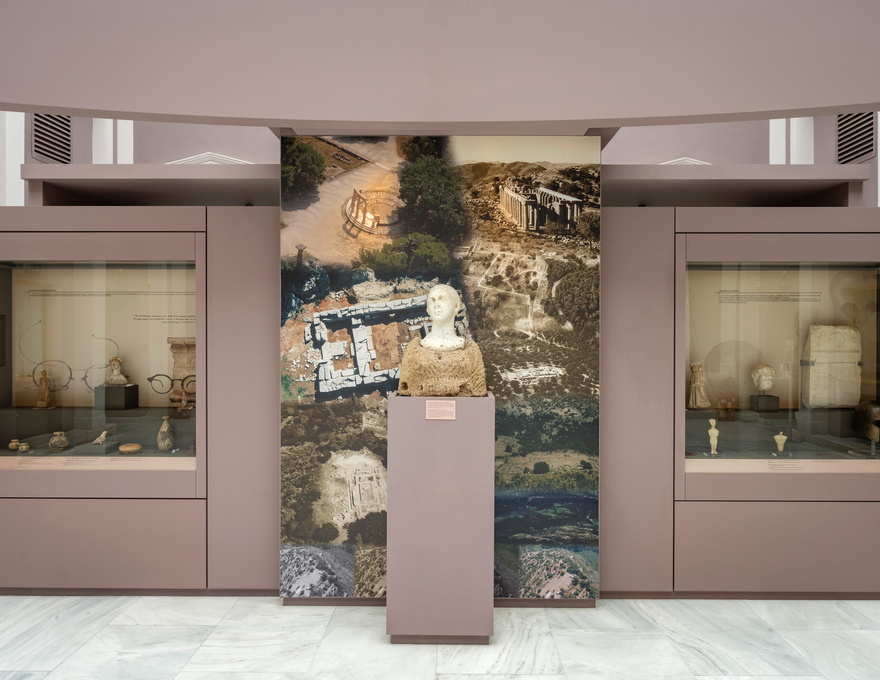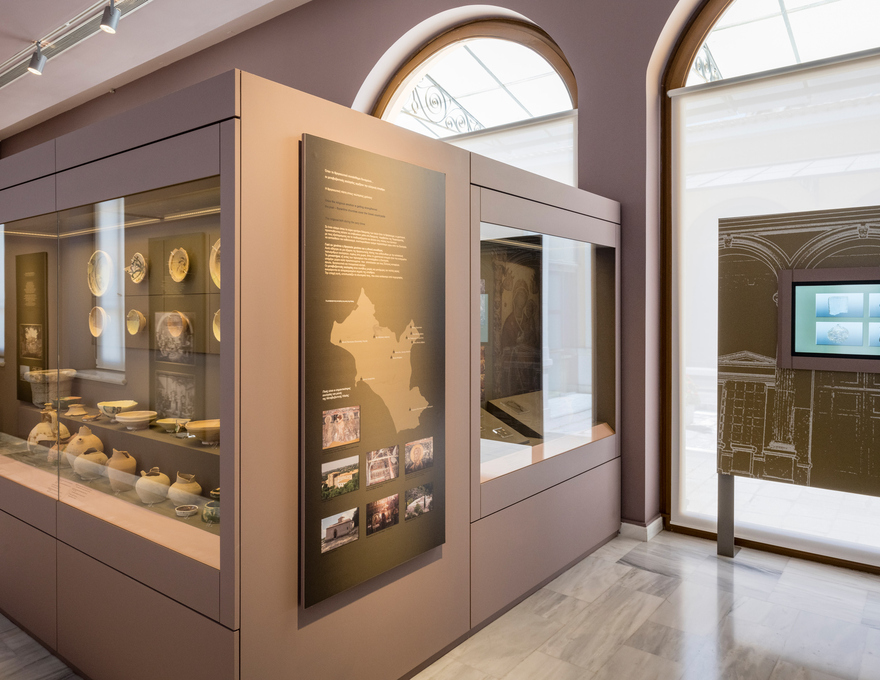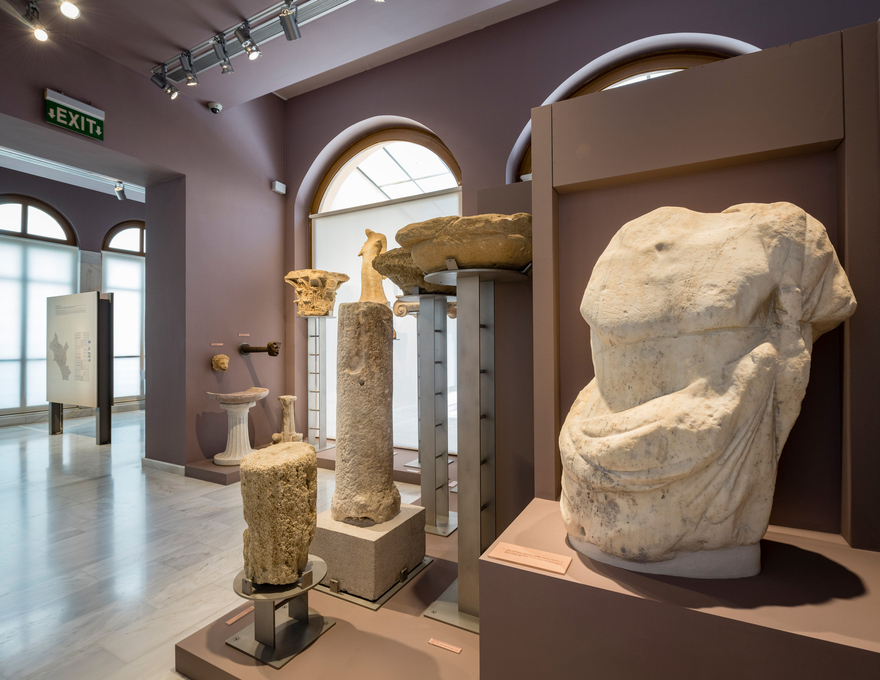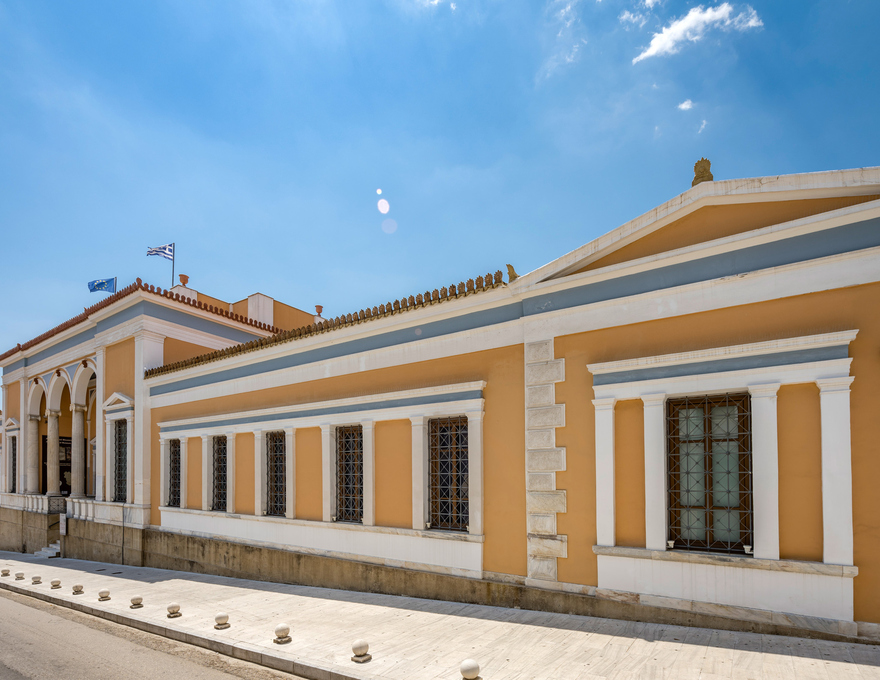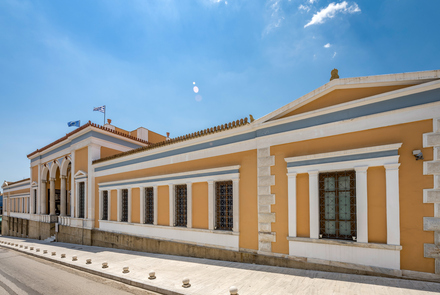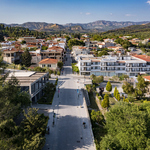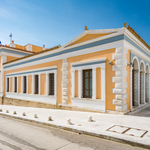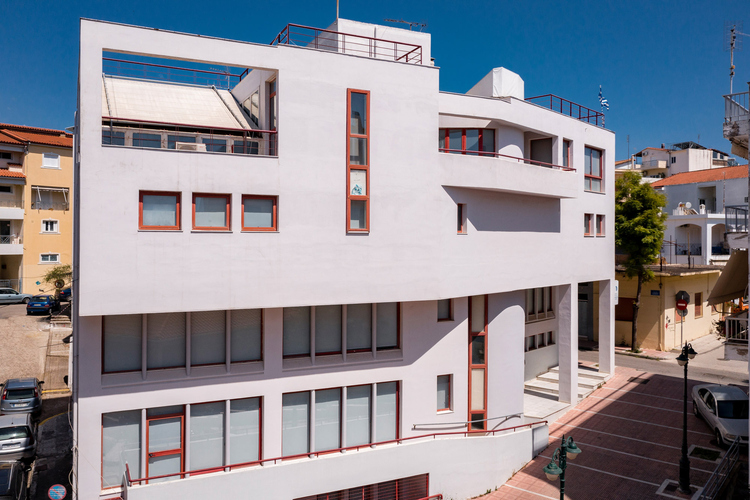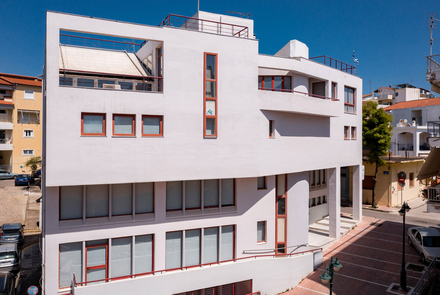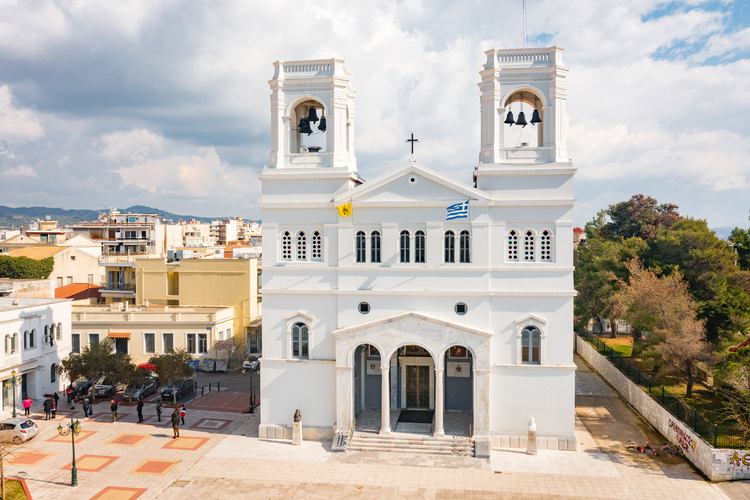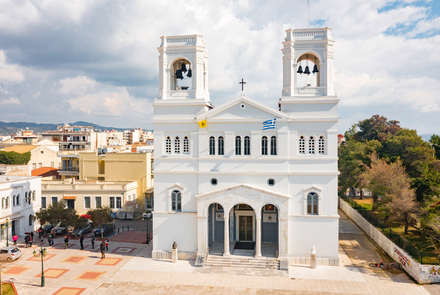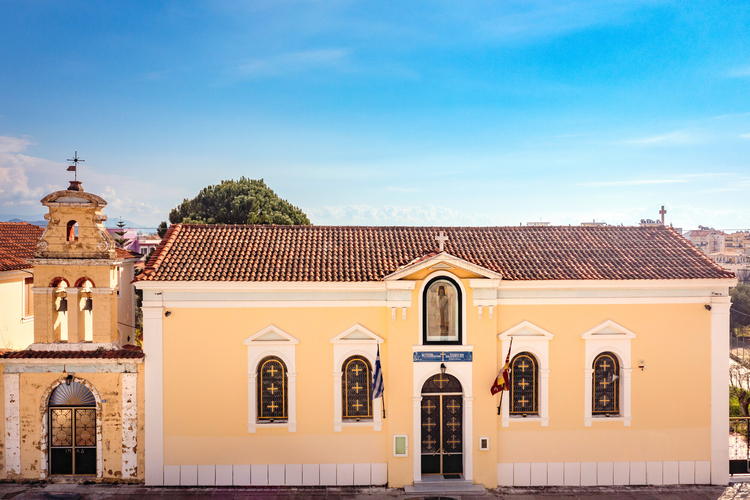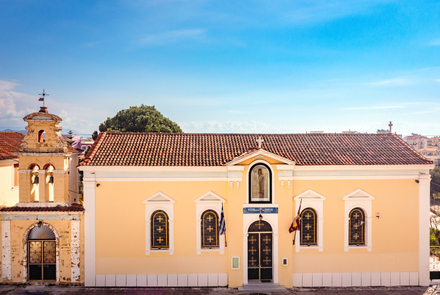Archaeological Museum of Pyrgos
The Archaeological Museum of Pyrgos, one of the emblematic cultural places of the capital of Ilia and western Peloponnese, is a necessary stop or separate destination for every visitor, due to its great architectural and museological value and of course its valuable archaeological content. It is housed in an impressive architecture in the historic center of the city, which is considered to be the work of the talented German architect Ernst Ziller, one of the most important neoclassical buildings preserved to this day in the wider area.
The construction of the building is placed at the end of the 19th century (1890) and it housed the Municipal Market of the city of Pyrgos until around the end of the 60s, while it opened its doors to the public as an Archaeological Museum in 2013.
The neoclassical building has a total area of 3,168 sq.m. and consists of three levels: semi-basement, ground floor with two internal patios with a total area of 300 sq.m. and a floor in its central part, while the main exhibition spaces are formed in the approximately 650 sq.m. ground floor. In its halls, many important works are exhibited, findings from excavations that have taken place in the Ilian land, as well as findings of private individuals. The exhibition has approximately 1,700 exhibits from the prehistoric to the post-Byzantine years, coming from all over the prefecture. Finds from Vouprasia, up to Triphylia, narrate the history of Ilia, having as a point of reference the everyday life of the people who lived here, their habits, public and private life.
In the right wing of the museum finds of prehistoric and part of historical times are exhibited, while in the central hall and in the left wing are presented the rest of the finds of historical times and notable objects of the Byzantine and post-Byzantine era.
Among the exhibits from the Late Bronze Age (3000 – 1100 BC) are items such as weapons (bronze swords, spears, but also a reconstruction of a boar’s tusk helmet), jewelry made of precious materials, bone styli, gold necklaces and appliques for funerary use, diadems, pendants, glass paste plaques from necklaces and diadems, seal stones, etc.
Very important are the leading works of funerary iconography, one with a representation of a prothesis (laying out of the body) and the other with a representation of an ekphora (funeral procession) on foot, scene of a krater part from Agia Triada and of an amphora part from the site Trypes near Kladeos respectively, findings from the cemeteries of Ilia from the Mycenaean times. An impressive exhibit is also the skull of a Mycenaean woman on which was preserved the blue glass diadem with which she had been adorned for her last journey.
From Historical times, the visitor will see exhibits such as the semi-finished akroterion with a female winged form from the modern city of Pyrgos, various finds from Elis, the ancient capital of the Elean state, great sanctuaries of antiquity with the most important that of Zeus in Olympia, of Apollo Epikourios at Bassae, of Athena and Zeus Soter at ancient Phigaleia, of Artemis at Koumouthekra and of Athena at Prasidaki in Trifylia, impressive grave offerings, burial pithoi, funerary stelae from both the northern and southern parts of Ilia, representative coins of Hellenistic and Roman times etc.
The Byzantine and post-Byzantine period also includes notable exhibits such as a hoard of six gold solidi of Justin II from Elis, Frankish coins, the tornesi, which lead to the hypothesis of the existence of a mint in the city of Glarentza in Kyllini, a variety of vessels that covered the daily needs, Byzantine toiletry, a signet ring, liturgical objects, sacred utensils and symbols, such as litany crosses and crosses-reliquaries, which are often decorated with relief representations of the Virgin Mary, Christ and saints, military equipment, a hoard of 18 Ottoman coins, etc.
The material of each time period (Prehistoric, Historical, Byzantine and post-Byzantine years) is related to the thematic units: settlements, religion, people/ideas/objects, allowing the visitor to form a complete picture of the inhabitants of Ilia and their daily life throughout time.
Copyediting: Ephorate of Antiquities of Ilia
- 10 Karaiskaki Str. Pyrgos, P.C. 27131
- 2621020475 - Archaeological Museum of Pyrgos
- Police Department of Elis - P.D. of Pyrgos, Ephorate of Antiquities of Ilia
8:30 a.m.- 3:30 p.m. daily, except Tuesdays and holidays

